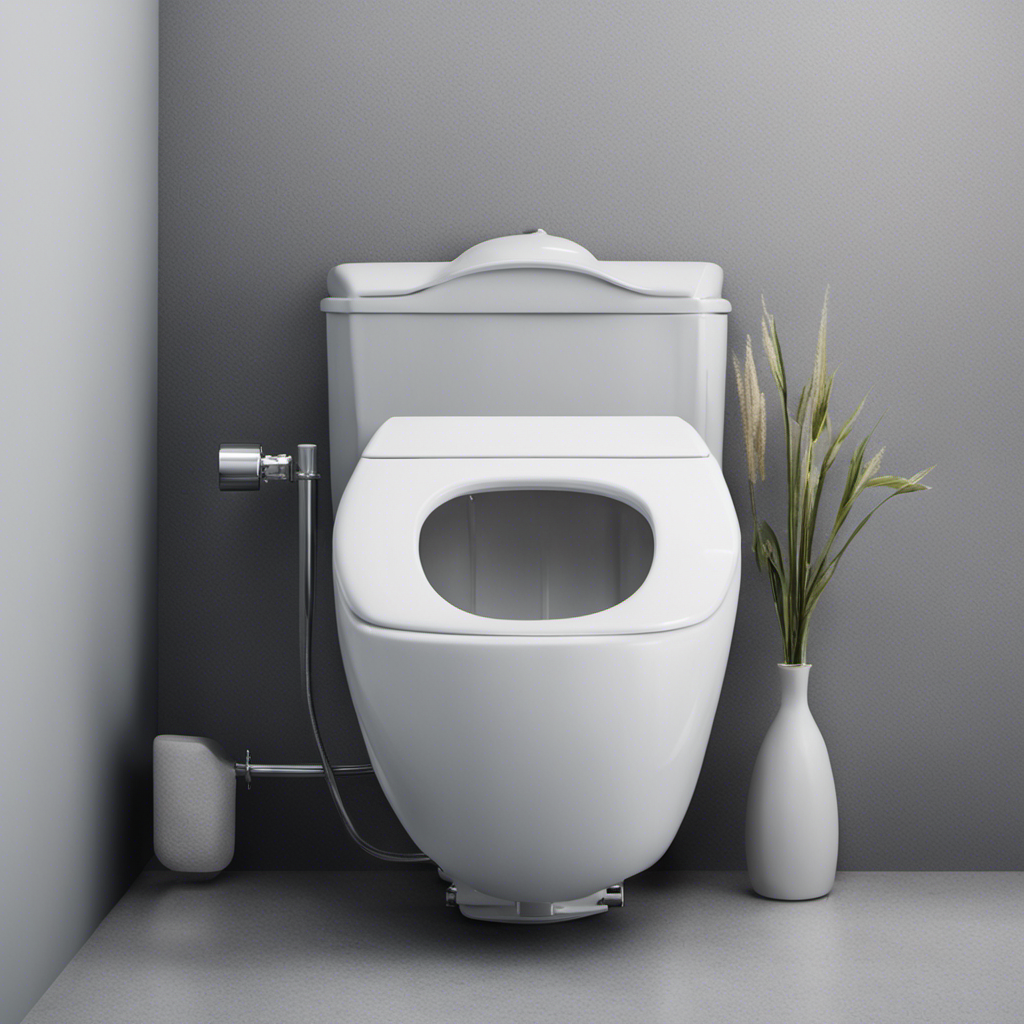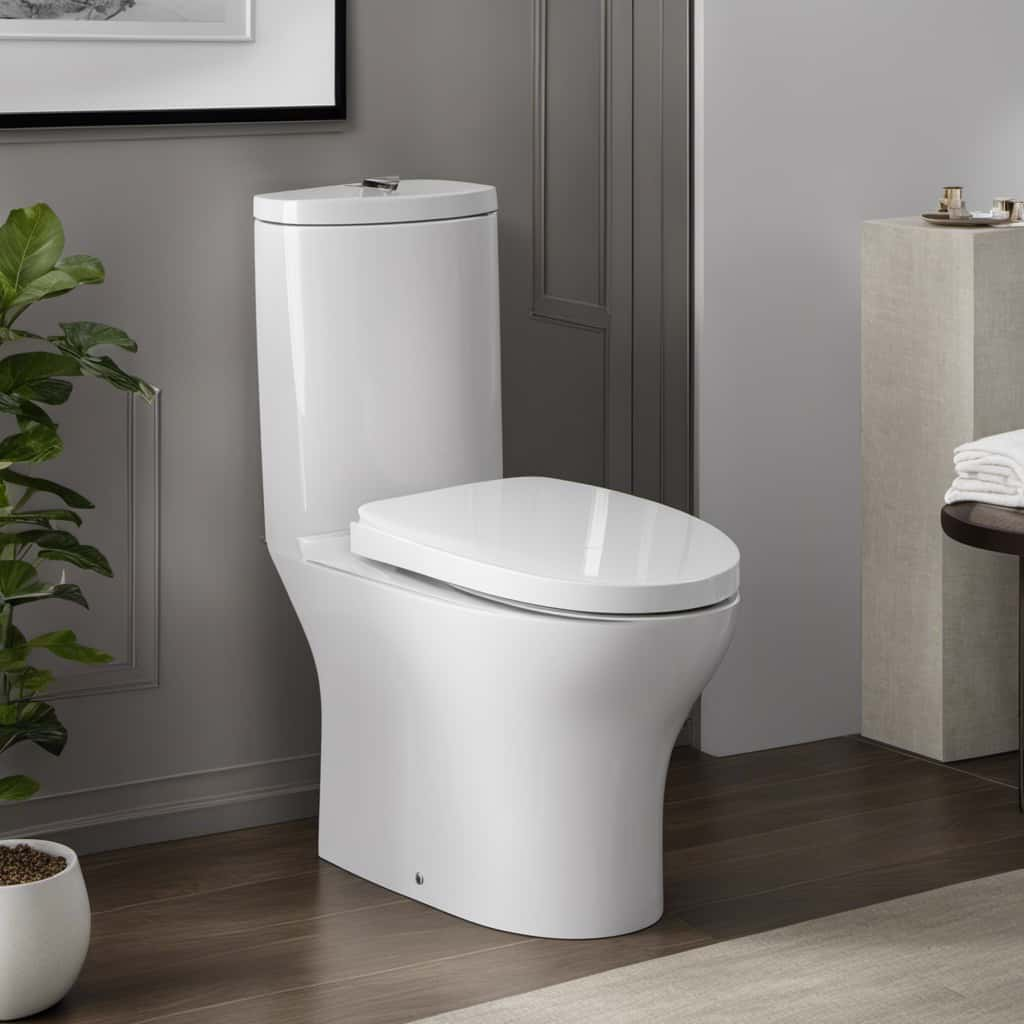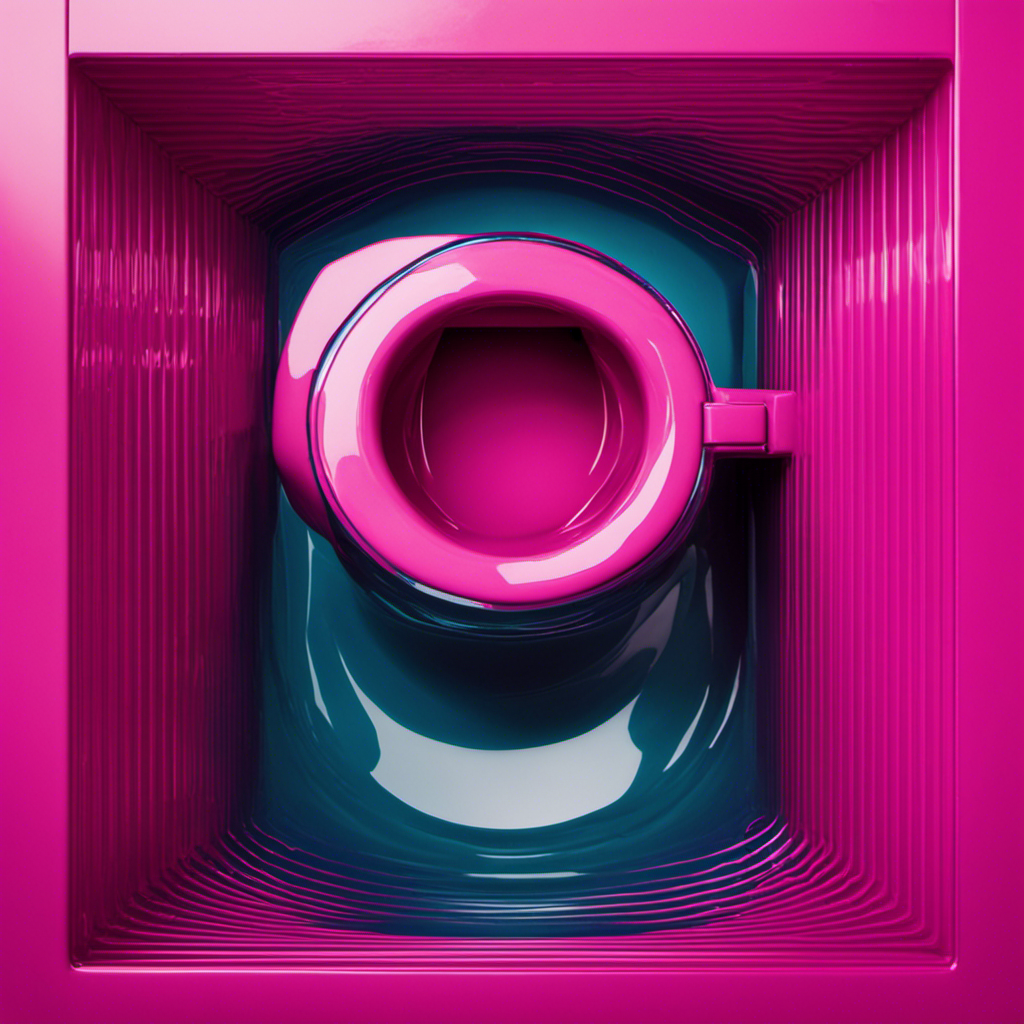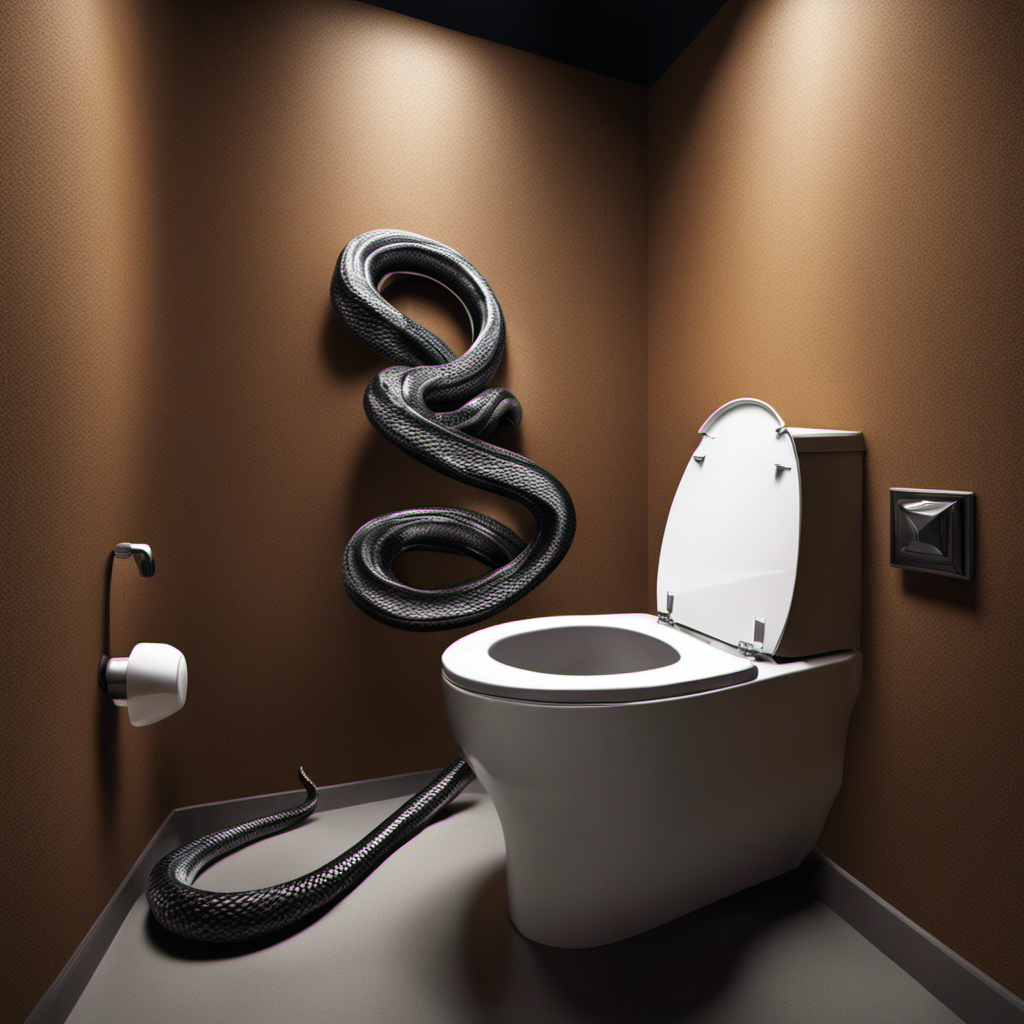I’ll never forget the frustration of hearing my toilet continue to run long after I had flushed it. It was a constant reminder of wasted water and a potential increase in my water bill.
But what could be causing this persistent problem? In this article, I’ll explore the common causes of a running toilet and provide you with the necessary steps to identify and fix the issue.
So, let’s dive in and put an end to that annoying and costly toilet running once and for all.
Key Takeaways
- Common causes of a running toilet include a faulty flapper and continuous flow of water into the bowl.
- A leaking flapper can be identified by listening for a constant sound of water flowing in the toilet tank and checking for the appearance of food coloring in the bowl.
- Troubleshooting a faulty fill valve involves adjusting the water level in the tank, cleaning the fill valve, and replacing a faulty fill valve or float.
- A stuck flush handle can be fixed by replacing the handle, adjusting the chain length, and lubricating the handle mechanism.
Common Causes of a Running Toilet
One common cause of a running toilet is a faulty flapper. The flapper is a small rubber valve located at the bottom of the toilet tank. It is responsible for controlling the flow of water from the tank into the bowl.
Over time, the flapper can become worn or damaged, resulting in a leak. This can lead to a continuous flow of water into the bowl, causing the toilet to run constantly.
To prevent this issue, regular toilet tank maintenance is essential. Checking and replacing the flapper periodically is a crucial part of this maintenance routine.
In the next section, we will discuss how to identify a leaking flapper and provide steps to fix the problem.
How to Identify a Leaking Flapper
To identify a leaking flapper, you can listen for a constant sound of water flowing in the toilet tank. This indicates that water is continuously leaking from the tank into the bowl. Here are three steps to help you identify and fix the issue:
-
Remove the toilet tank lid and flush the toilet. Listen for the sound of water filling the tank.
-
Once the tank is full, wait for the water to stop flowing. If you hear a continuous flow of water, it means the flapper is not sealing properly.
-
To confirm the leak, place a few drops of food coloring in the tank. Wait for about 10 minutes without flushing. If the color appears in the bowl, it confirms that the flapper is leaking and needs to be replaced.
Identifying water leaks and repairing a cracked toilet tank is crucial to prevent water waste and further damage.
Troubleshooting a Faulty Fill Valve
If you’re experiencing a continuous flow of water in your toilet tank, it could be a sign of a faulty fill valve. The fill valve is responsible for refilling the tank after each flush. When it malfunctions, it can lead to a noisy and inefficient toilet. To fix a noisy fill valve, you can try adjusting the water level in the tank or cleaning the valve to remove any debris. However, if these steps don’t work, it may be necessary to replace the faulty fill valve altogether.
One common cause of a faulty fill valve is a defective float. The float is a small device that rises with the water level in the tank and signals the fill valve to shut off once the desired level is reached. If the float is damaged or misaligned, it can prevent the fill valve from properly shutting off, resulting in a continuous flow of water. To replace a faulty float, you will need to purchase a new one and follow the manufacturer’s instructions for installation.
To summarize the troubleshooting steps for a faulty fill valve:
| Steps to Fix a Noisy Fill Valve |
|---|
| 1. Adjust water level in tank |
| 2. Clean fill valve |
| 3. Replace faulty fill valve |
| 4. Replace faulty float |
Fixing a Stuck Flush Handle
When the flush handle gets stuck, it can prevent the toilet from flushing properly. This can be a frustrating issue to deal with, but fortunately, there are a few simple steps you can take to fix it.
Here’s what you need to do:
-
Replace the flush handle: If the handle is broken or worn out, it may not engage properly with the flushing mechanism. To fix this, you can purchase a new flush handle from a hardware store and replace it yourself. Make sure to choose a handle that is compatible with your toilet model.
-
Adjust the chain length: Sometimes, the chain connecting the flush handle to the flapper valve can be too long or too short, causing the handle to get stuck. To fix this, simply adjust the chain length so that there is a little bit of slack, but not too much. This will ensure that the handle operates smoothly.
-
Lubricate the handle mechanism: If the handle is sticking due to rust or debris buildup, you can try lubricating the mechanism with a silicone-based lubricant. Apply a small amount to the moving parts of the handle and work it in to ensure smooth operation.
Steps to Adjust the Water Level in the Tank
Here’s a simple way you can adjust the water level in your tank.
First, locate the water level adjustment screw on the fill valve. This screw controls the amount of water that enters the tank. Using a screwdriver, turn the screw clockwise to decrease the water level or counterclockwise to increase it. Make small adjustments until you achieve the desired water level.
If adjusting the water level doesn’t solve the problem of a running toilet, you may need to replace worn out gaskets.
To do this, turn off the water supply to the toilet and flush to empty the tank. Remove the tank lid and disconnect the water supply line. Unscrew the bolts that secure the tank to the bowl and carefully lift off the tank. Replace the worn out gaskets and reassemble the tank.
Conclusion
In conclusion, dealing with a running toilet can be a frustrating experience. However, with the right knowledge and troubleshooting techniques, you can put an end to this perpetual water wastage.
Remember to check for a leaking flapper, a faulty fill valve, or a stuck flush handle as these are common culprits. By making the necessary adjustments or repairs, you can save water, money, and your sanity.
Don’t let your toilet become a never-ending waterfall, take action and fix the problem today!










